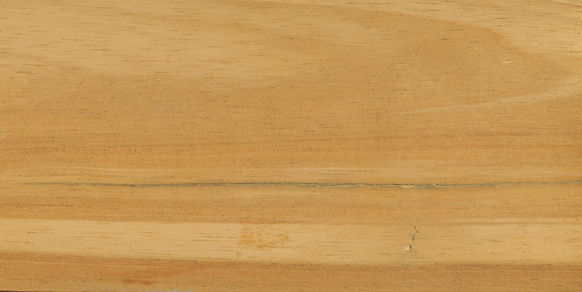Mahogany other than Swietenia: Turraeanthus africanus
- Gaskell Guitars Australia

- Sep 16, 2020
- 2 min read
Updated: 2 days ago
Natively-grown Swietenia (American mahogany) is no longer available in the world market and has been commercially banned since 2003.
Today, American mahogany is grown only in plantations, mainly in Asia and the South Pacific. Plantation mahogany accounts for 95% of world trade. It is very expensive.
See here for an explanation for why this is: What is Mahogany?
However, Swietenia is not the only genus in the Meliaceae (Mahogany) family that yields high quality timber. The Meliaceae family consists of 49 genera with approximately 550 species. Some have timber uses and some are even used as direct replacements for Swietenia. Others are merely plants and may only produce fruit, oil and seed often used for medicines or lotions. Of the ones that do yield timber, some include the word "mahogany" in their trade name and others do not. There are two terms to know:
GENUINE MAHOGANY as a term applies to mahogany of the Swietenia genus only, wherever grown.
TRUE MAHOGANY describes the timber of any Mahogany family genus other than Swietenia.
There are many species of mahogany other than Swietenia that are just as good tone woods and quite suitable for the manufacturing of musical instruments such as electric guitars and drums.
Turraeanthus africanus
Turraeanthus africanus is a single Mahogany family genus/species native to Africa, specifically Angola, Benin, Cameroon, the Democratic Republic of the Congo, Côte d’Ivoire, Equatorial Guinea, Ghana, Nigeria, Sierra Leone, and Uganda. It is most known as AVIDORE but also goes by the English names AFRICAN WHITE MAHOGANY and rarely as AFRICAN SATINWOOD. It is the lightest-coloured Mahogany family timber being a cream or pale yellow and can have figure. Because it can exhibit a range of grain patterns, such as wavy, mottled, and rippled, its timber is used mostly as veneer, but as lumber it is suitable for cabinetry, furniture, decorative items, and plywood. It is also used as a tone wood, especially pieces that have figure. Acoustically it is similar to mahogany but brighter. This wood species is not listed in the CITES Appendices but is on the IUCN Red List. It is listed as "vulnerable due to a population reduction of over 30% in the past three generations, caused by a decline in its natural range, and exploitation." It is a significant export timber from Côte d’Ivoire.
Update 2025. I have been told that there are now two other recognized species in the Turraeanthus genus, T. longipes and T. mannii, both of which are relatively obscure and not used commercially for lumber.
References:











Comments